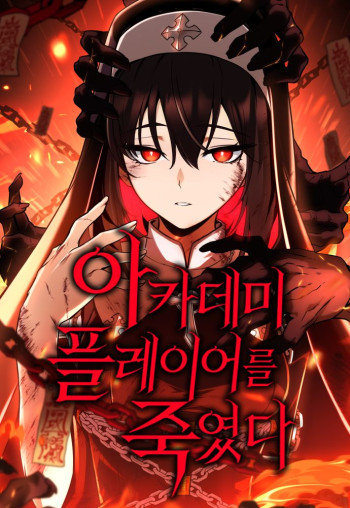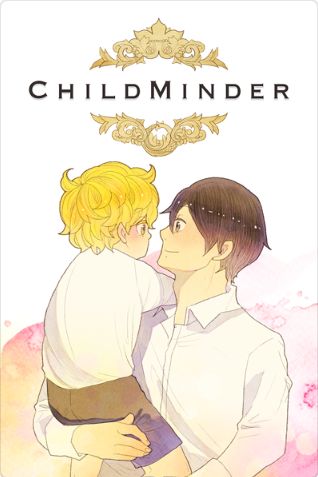Summary

The Red Tent
by Anita Diamant
Her name is Dinah. In the Bible, her life is only hinted at in a brief and violent detour within the more familiar chapters of the Book of Genesis that are about her father, Jacob, and his dozen sons. Told in Dinah's voice, this novel reveals the traditions and turmoils of ancient womanhood—the world of the red tent. It begins with the story of her mothers—Leah, Rachel, Zilpah, and Bilhah—the four wives of Jacob. They love Dinah and give her gifts that sustain her through a hard-working youth, a calling to midwifery, and a new home in a foreign land. Dinah's story reaches out from a remarkable period of early history and creates an intimate connection with the past. Deeply affecting, The Red Tent combines rich storytelling with a valuable achievement in modern fiction: a new view of biblical women's society.
.
Read
The Red Tent on http://kissnovel.net
Martial Peak Reviews
The Red Tent by Anita Diamant is a profound and evocative retelling of the life of Dinah, a character often overlooked in the biblical narrative. Through Dinah's voice, Diamant crafts a rich tapestry of ancient womanhood, exploring themes of identity, motherhood, and the bonds of female solidarity. This novel not only sheds light on Dinah's story but also serves as a powerful commentary on the lives of women in a patriarchal society, making it a significant contribution to modern literature.
At the heart of the novel is Dinah's relationship with her mothers—Leah, Rachel, Zilpah, and Bilhah. Each woman represents different facets of femininity and strength, and their interactions with Dinah shape her understanding of womanhood. Diamant's portrayal of these characters is nuanced and layered; they are not merely supporting figures in Dinah's life but are fully realized individuals with their own desires, struggles, and complexities. The red tent itself, a sacred space for women during their menstrual cycles and childbirth, symbolizes a sanctuary where these women can share their stories, wisdom, and experiences away from the male gaze. This setting becomes a powerful metaphor for the importance of female community and the sharing of knowledge across generations.
The narrative begins with Dinah's childhood, where she is enveloped in the love and teachings of her mothers. Diamant's writing is rich with sensory details, allowing readers to immerse themselves in the sights, sounds, and smells of ancient life. The descriptions of the red tent, the rituals surrounding childbirth, and the daily lives of the women create a vivid backdrop that enhances the emotional depth of the story. As Dinah grows, she learns the art of midwifery, a calling that connects her to the women of her family and the larger community. This profession not only empowers her but also serves as a bridge between the past and the future, illustrating how women's roles have historically been intertwined with the cycles of life.
As the story unfolds, Dinah's life takes a dramatic turn when she is thrust into a world of violence and betrayal. The incident that leads to her being silenced in the biblical account is given voice in Diamant's narrative, allowing readers to empathize with Dinah's pain and resilience. This pivotal moment in the story highlights the fragility of women's lives in a patriarchal society, where their worth is often defined by their relationships with men. Diamant does not shy away from the harsh realities faced by women, but she also emphasizes their strength and capacity for survival. Dinah's journey becomes one of reclaiming her voice and agency, a theme that resonates deeply in contemporary discussions about women's rights and empowerment.
Diamant's prose is lyrical and evocative, drawing readers into Dinah's world with a sense of intimacy and urgency. The emotional weight of Dinah's experiences is palpable, and her reflections on love, loss, and identity are universal, transcending the boundaries of time and culture. The author skillfully weaves historical context into the narrative, providing insights into the customs and beliefs of the time while maintaining a focus on the personal. This balance between the historical and the intimate is one of the novel's greatest strengths, allowing readers to connect with Dinah on a profound level.
One of the most compelling aspects of The Red Tent is its exploration of female relationships. The bonds between Dinah and her mothers, as well as her friendships with other women, are portrayed with tenderness and authenticity. Diamant emphasizes the importance of these connections, illustrating how women support and uplift one another in a world that often seeks to divide them. This theme is particularly relevant today, as discussions around female solidarity and empowerment continue to gain traction. The novel serves as a reminder of the strength that can be found in community and the shared experiences of women.
In comparison to other works that delve into the lives of biblical women, such as The Women of the Bible Speak by Shannon Bream or Sarah's Key by Tatiana de Rosnay, Diamant's approach is unique in its focus on a singular character's voice. While other authors may provide a broader overview of women's roles in biblical narratives, Diamant's intimate portrayal of Dinah allows for a deeper exploration of her psyche and experiences. This focus on character development elevates the novel, making it not just a retelling of a biblical story but a profound meditation on the complexities of womanhood.
Overall, The Red Tent is a beautifully crafted novel that resonates with readers on multiple levels. It challenges the traditional narratives surrounding biblical figures and offers a fresh perspective on the lives of women in ancient times. Diamant's ability to blend historical detail with emotional depth creates a compelling reading experience that lingers long after the final page is turned. This book is not only for those interested in biblical stories but for anyone seeking a deeper understanding of the female experience throughout history.
In conclusion, Anita Diamant's The Red Tent is a remarkable achievement in modern fiction, providing a voice to a character often relegated to the margins of history. Through Dinah's journey, readers are invited to reflect on the themes of identity, community, and resilience, making this novel a timeless exploration of what it means to be a woman. It is a must-read for anyone interested in the intersection of history, feminism, and storytelling.
























Reviews 0
Post a Reviews: